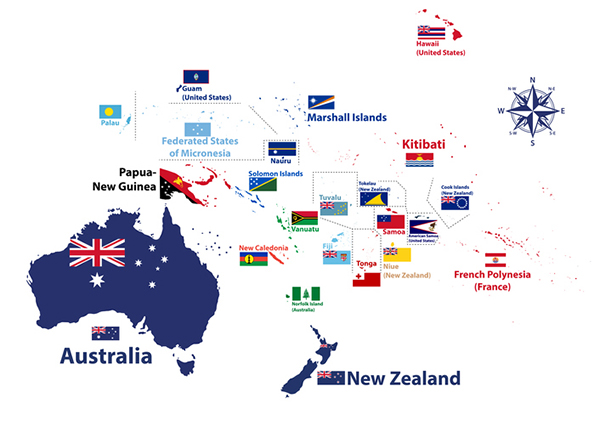Pacific Rim: More cargo at risk of diversion to British Columbia?
This growing source of competition for valuable discretionary cargo is yet another wake-up call, especially for the Ports of LA, Long Beach, Seattle and Tacoma.
Following a strike by dockworkers that lasted for a month and paralyzed operations at Canadian West Coast cargo gateways late last summer, data from the supply chain risk management software platform Resiliance360 indicates that British Columbia ports of Vancouver and Prince Rupert continue to experience disruption ranging from port congestion to rail car shortages.
“While the strike ended more than eight weeks ago, ocean and rail dependent supply chain operations across Canada are unlikely to fully normalize before December,” says Neza Kricaj, a supply chain risk analyst with Resilience360.
Logistics managers were therefore advised to adjust their routes and shipments accordingly and explore options to divert cargo to alternative modes of transportation wherever possible. But this does not mean that the U.S. West Coast will necessarily profit by Canada’s woes, adds Kricaj.
“In the short term, there might be some expedited ocean services that bypass Canada, but most large vessels on West Coast rotations call first at the Canadian ports after crossing from East Asia,” says Kricaj.
Resiliance360 analysts further maintain that, in the long term, Canadian ports will not only retain a cost and time advantage, but also more capacity as they expand terminals to accommodate the new generation of mega-vessels.
Now a new study from global transportation advisory firm Mercator International shows that U.S. West Coast ports have been experiencing a loss of market share of discretionary cargo to Vancouver and Prince Rupert for well over a decade. The study focuses solely on intact intermodal cargo—an important segment of the cargo market comprising containers that are shipped directly by rail from vessels to internal U.S. markets.
Jock, O’Connell, an analyst with Beacon Economics, notes that the ports of Vancouver and Prince Rupert, have steadily eroded U.S. West Coast market share for intact intermodal cargo over the past five years. “Additionally,” he says, “they will have the capacity to handle at least 400,000 TEUs of new capacity by 2022.”
According to John McLaurin, the president of the Pacific Merchant Shipping Association, this is a serious development, because it’s roughly equivalent to 15% of the intact intermodal cargo currently flowing through San Pedro Bay and the Puget Sound.
“The volume that is at risk could grow even higher as the Canadian ports expand their capacities in coming years,” says McLaurin. “For intact intermodal cargo, the British Columbia ports have significant route cost advantages as high as $600 per container over U.S. West Coast ports.”
Pacific Maritime Association CEO Jim McKenna observes that the Canadian ports’ cost advantage is even greater due to surcharges imposed at U.S. gateways, including the harbor maintenance fee applied to carriers at West Coast ports and a transit fee for cargo in Southern California to access the Alameda Corridor.
“The U.S. West Coast ports continue to be the largest North American gateway for Asian imports, but that lead is being eroded not just by U.S. ports in the Gulf and East Coasts, but also by the two major ports in British Columbia,” says McKenna.
Furthermore, McKenna observes that while the intact intermodal cargo identified in the Mercator study may account for a small percentage of our overall volume, it’s still hundreds of thousands of containers each year representing millions of dollars in economic activity.
“This growing source of competition for valuable discretionary cargo is yet another wake-up call, especially for the Ports of LA, Long Beach, Seattle and Tacoma where most intermodal cargo is currently handled,” warns McKenna. •













